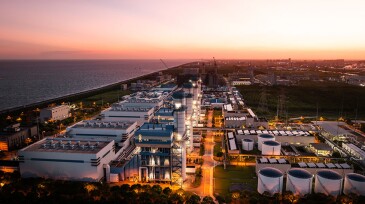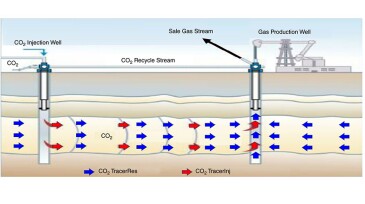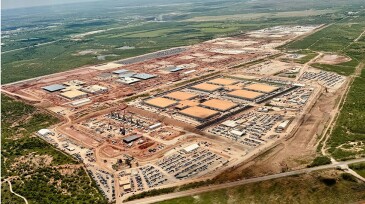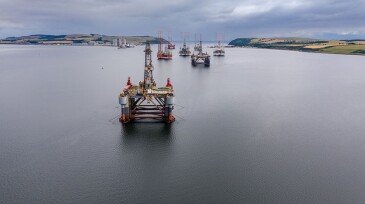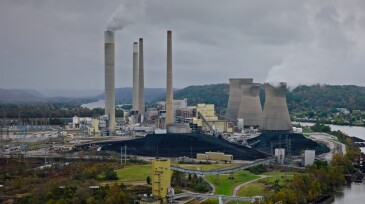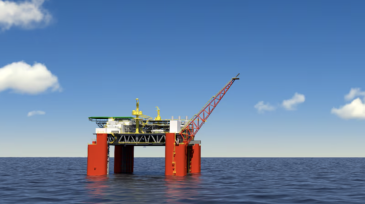Management
The agreement requires the partners to conduct their own proprietary 3D survey of Block 8 in hope of zeroing in on the sweet spot that eluded the TotalEnergies-led consortium when it drilled a dry hole in an adjacent block in 2023.
Murphy Oil’s Hai Su Vang (Golden Sea Lion) appraisal well reinforces the commerciality of the 2025 discovery.
The London-headquartered independent acquires position in the US Gulf while preparing Zama for final investment decision.
-
This study recommends favoring the combustion of ammonia over hydrogen for the purpose of reducing CO₂ and nitrogen emissions.
-
This paper describes an alternative lower-completion concept for developing Lower Wilcox reservoirs referred to as high-angle multifractured well design.
-
This study explores the feasibility of implementing in-situ carbon dioxide recycling for sequestration as a fit-for-purpose developmental strategy for a Malaysian gas field characterized by an initial carbon-dioxide content of approximately 60%.
-
Updates about global exploration and production activities and developments.
-
The technology to desalinate and reuse produced water for cooling AI data centers in the Permian Basin exists, but addressing cost challenges remains critical to widespread adoption.
-
Industry observers warn that the future of the UK North Sea hinges less on geology than on whether fiscal stability can be restored.
-
The US Department of Energy announced a $625 million investment to expand America’s coal industry, aiming to increase energy production and support coal communities.
-
The leaders of US oil and gas companies in Texas and neighboring states cite regulatory uncertainty, tariffs, and volatile prices as drags on activity.
-
The $5-billion Tiber-Guadalupe project in the Gulf of America is BP's second major project in the region to be sanctioned in 2 years.
-
The supermajor’s Energy Outlook 2025 suggests geopolitical fragmentation could tilt the balance of the energy trilemma toward energy security and away from sustainability.




